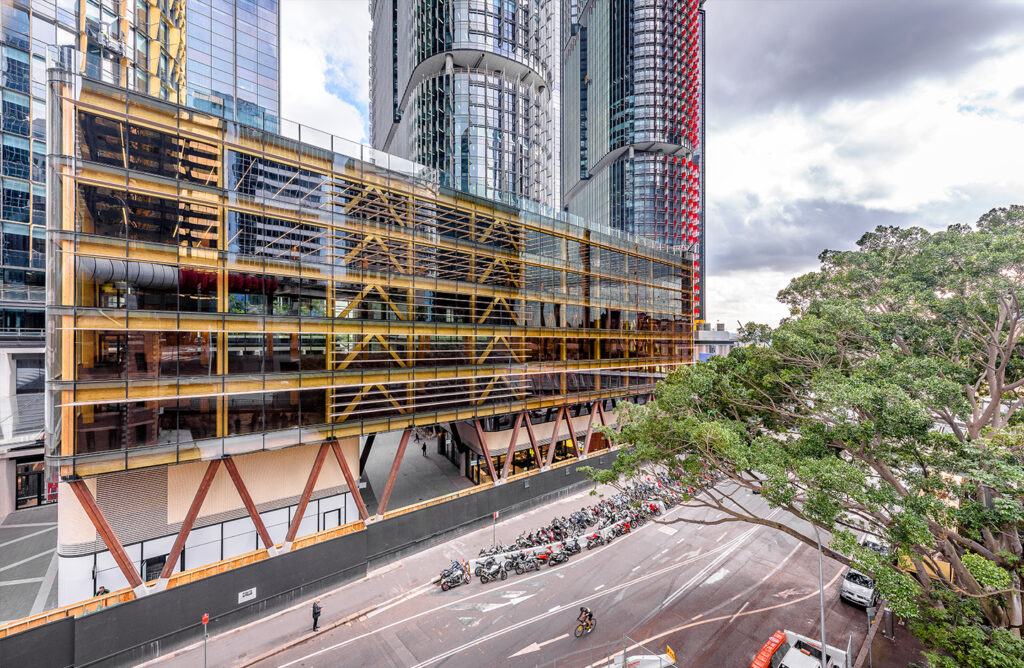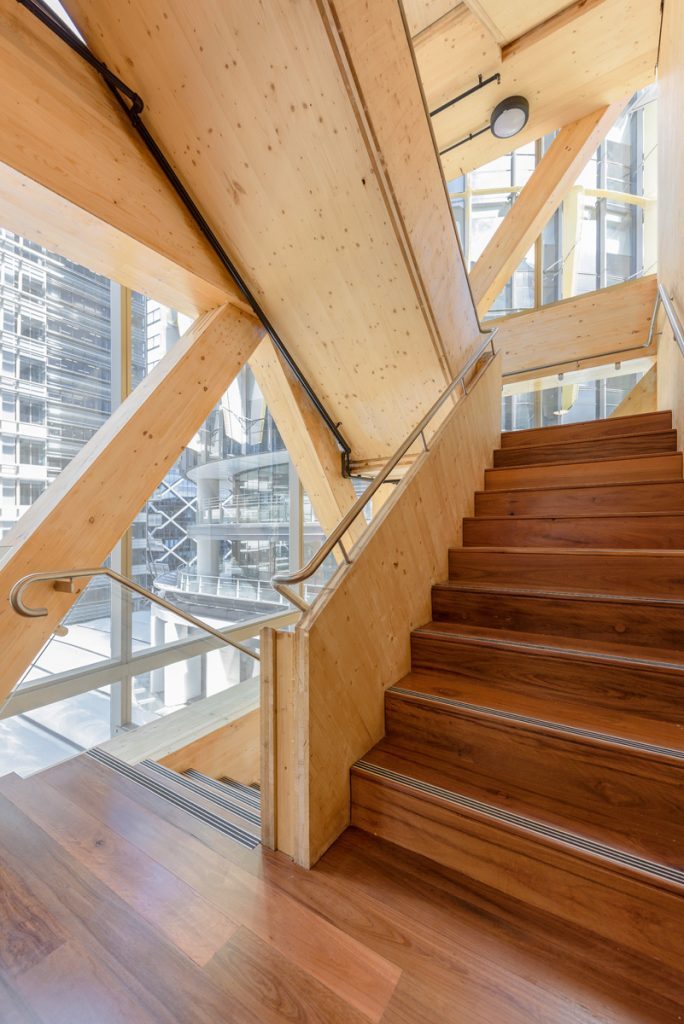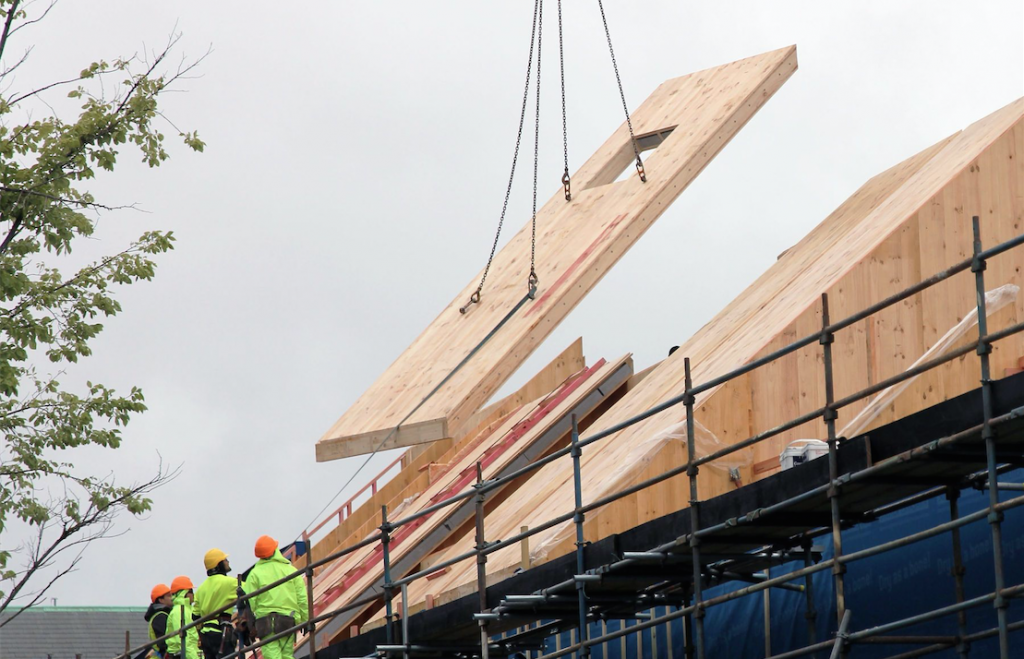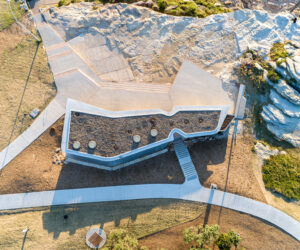The exciting potential of CLT
Cross laminated timber (CLT) has many virtues that endear the material to architects and developers. An engineered timber building panel product, its strength, durability and convenience in construction have encouraged development of entirely timber buildings; several leading examples of which are found in Australia.
Projects like International House in Sydney prove CLT’s environmentally-friendly potential. This development consists of six above-ground levels built entirely from engineered or cross laminated timber, and a staggering 3500 cubic metres of sustainably grown and recycled timber were used in construction. Tzannes chose engineered timber in the design because of reduced environmental impact and carbon storage capabilities.
By contrast, concrete has a significant impact on the environment. It was estimated that International House avoided producing thousands of tonnes of greenhouse gases during construction by choosing to build with engineered timber rather than concrete.
CLT’s increasing popularity does not rely solely on its green credentials. As a construction material, it lends itself ideally to prefabrication. Canada’s Brock Commons Tallwood House serves as compelling evidence: its structure was completed at an impressive rate of two floors a week – approximately four months faster than conventional construction methods. 22000 tonnes of wood were used in this project which Canadian and US forests are quickly able to replenish, demonstrating the inherent renewability of CLT products.
Closer to home, Forte in Melbourne is a pioneering engineered timber project and holds the title of the first building to be made of CLT in Australia. The 10-storey apartment building was developed by Lendlease and was constructed from 759 CLT panels which were delivered on-site similar to flat-pack furniture along with brackets and screws. It was estimated that Forte would directly store 761 tonnes of carbon dioxide, compared to 1451 tonnes in C02 emissions if the construction was concrete.
More recently, Lendlease announced its fifth timber engineered building to be completed in Brisbane in late 2018. 25 King is a commercial development that will be constructed using prefabricated CLT sourced from certified sustainably managed forests. Better still, it was reported that the production process of the timber produced zero waste. It’s encouraging to see Australian developers paving the way for sustainable commercial developments and setting a new standard for construction.
Engineered timber can be used domestically too. For example, FMD Architects have designed a CLT extension to a single residence which they intend to be the first of its kind. They forecast that construction of the extension will take just one week. Projects like these are fascinating case studies in the application and use of CLT in small-scale construction.
The aesthetic quality of CLT is not to be overlooked. Torea Studio, designed by Tennent Brown Architects, showcases this material’s natural attributes. The structure was clad in panels wrapped in a tight skin of zinc made by XLam, a New Zealand-based company – the first manufacturer of cross laminated timber in the Southern Hemisphere. Construction of this project was only possible thanks to XLam’s sophisticated CNC bridge machine. This new technology enabled the precise cutting of each CLT panel direct from a computer model.
Manufacturing of CLT is increasing locally. In 2016, plans for a CLT manufacturing plant in Albury Wodonga were announced by XLam. As CLT becomes increasingly prevalent in projects of all sizes, we can anticipate a future where architects and developers rely less on unsustainable, conventional methods and materials – and that’s something to really look forward to.
woodsolutions.com.au/wood-product-categories/Cross-Laminated-Timber-CLT






